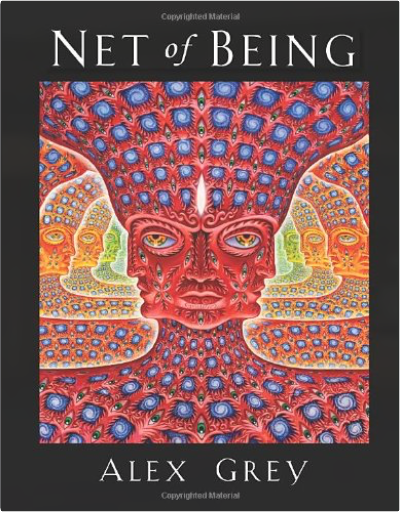 How Alex Grey’s visionary art is evolving the cultural body through icons of interconnectedness 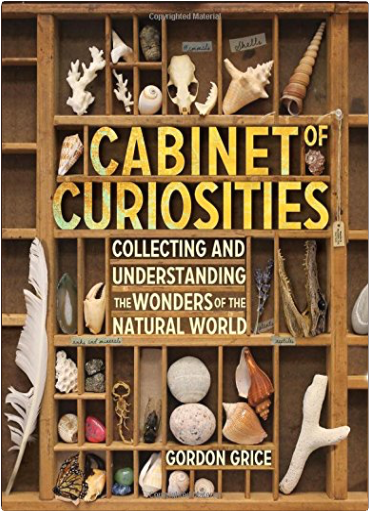 Exactly the book for every young explorer who loves finding stuff in nature and bringing it home. Cabinet of Curiosities is a lavishly illustrated introduction to the wonders of natural history and the joys of being an amateur scientist and collector. 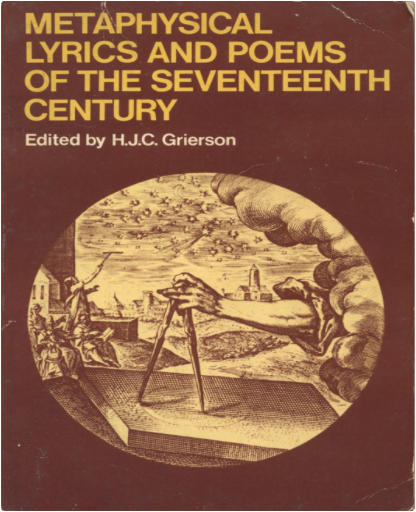 This classic anthology, first published in 1921, has been instrumental in reviving interest in the seventeenth-century metaphysical poets and in securing for them the high reputation they now enjoy. This new edition includes the same poems as the original—love poems, divine poems, elegies, satires, epistles, and meditations by over twenty-five different poets ranging from Suckling and Donne to Marvell and Herbert. Grierson's brilliant introductory essay is included, while Alastair Fowler has contributed a new introduction and notes and modernized the spellings throughout.  The ethical and ideological implications of cross-cultural image-making continue to stir debate among anthropologists, film scholars, and museum professionals. This innovative book focuses on the contested origins of ethnographic film from the late nineteenth century to the 1920s, vividly depicting the dynamic visual culture of the period as it collided with the emerging discipline of anthropology and the new technology of motion pictures. Featuring more than 100 illustrations, the book examines museums of natural history, world's fairs, scientific and popular photography, and the early filmmaking efforts of anthropologists and commercial producers to investigate how cinema came to assume the role of mediator of cultural difference at the beginning of the twentieth century. 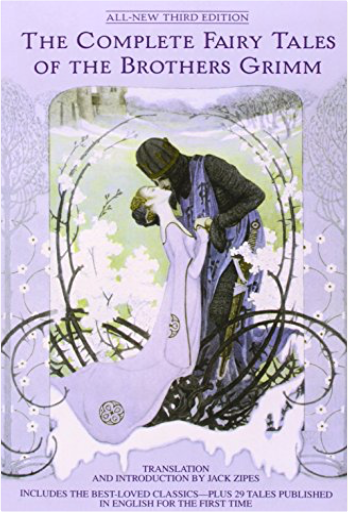 The Complete Fairy Tales of the Brothers Grimm |   The end of the eighteenth century saw the start of a new craze in Europe: tiny portraits of single eyes that were exchanged by lovers or family members. Worn as brooches or pendants, these minuscule eyes served the same emotional need as more conventional mementoes, such as lockets containing a coil of a loved one’s hair. The fashion lasted only a few decades, and by the early 1800s eye miniatures had faded into oblivion. Unearthing these portraits in Treasuring the Gaze, Hanneke Grootenboer proposes that the rage for eye miniatures—and their abrupt disappearance—reveals a knot in the unfolding of the history of vision. Drawing on Alois Riegl, Jean-Luc Nancy, Marcia Pointon, Melanie Klein, and others, Grootenboer unravels this knot, discovering previously unseen patterns of looking and strategies for showing. She shows that eye miniatures portray the subject’s gaze rather than his or her eye, making the recipient of the keepsake an exclusive beholder who is perpetually watched. These treasured portraits always return the looks they receive and, as such, they create a reciprocal mode of viewing that Grootenboer calls intimate vision. Recounting stories about eye miniatures—including the role one played in the scandalous affair of Mrs. Fitzherbert and the Prince of Wales, a portrait of the mesmerizing eye of Lord Byron, and the loss and longing incorporated in crying eye miniatures—Grootenboer shows that intimate vision brings the gaze of another deep into the heart of private experience. With a host of fascinating imagery from this eccentric and mostly forgotten yet deeply private keepsake, Treasuring the Gaze provides new insights into the art of miniature painting and the genre of portraiture. 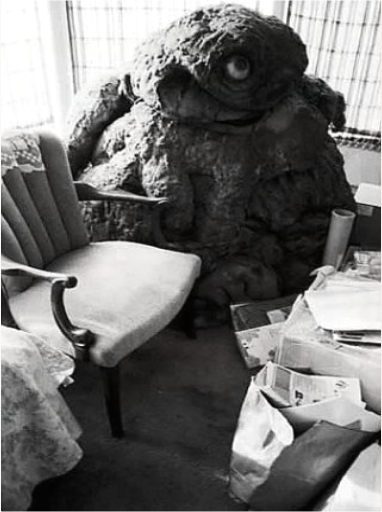 Taking Freud's idea of the Uncanny as a starting point, artist Mike Kelley plays Sunday curator and presents work by Jasper Johns, Paul McCarthy, Jeff Koons, Tony Oursler, and others (reprinted from a 1993 catalogue), plus photos of chewing gum wrappers, postcards, record covers, and toys, all connected to ideas of youth and the Uncanny. |

Morbid Anatomy Museum
Collection Total:
1,253 Items
1,253 Items
Last Updated:
Jan 26, 2016
Jan 26, 2016


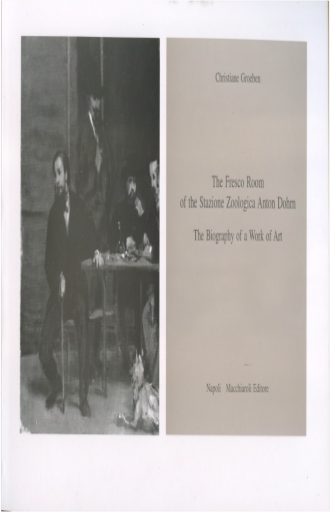

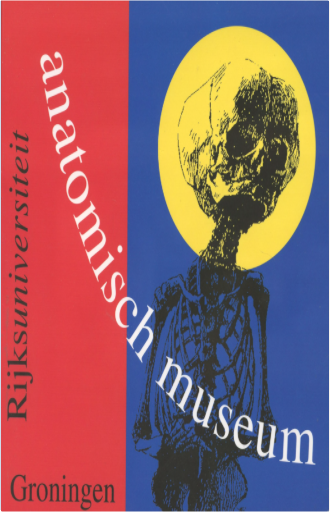

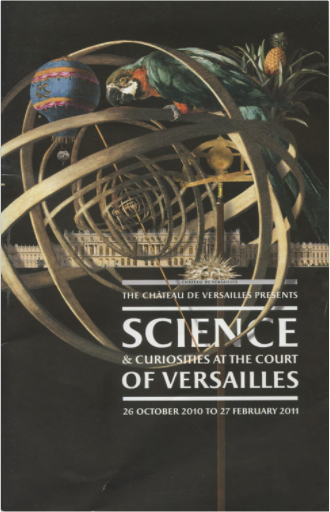
 Made with Delicious Library
Made with Delicious Library